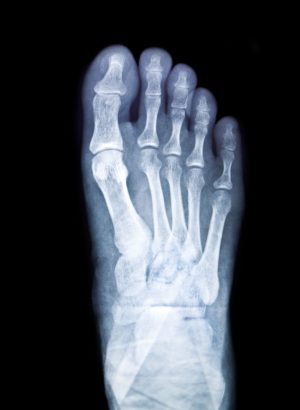 Since your feet are comprised of a number of different small bones, they can fracture in multiple places or at odd angles when exposed to acute trauma. Sometimes the best way to ensure that these bones and joints heal correctly is by inserting plates, screws or other hardware. Some of these pieces stay in your body for life, while others can be surgically removed once the area is stabilized. Today, we explain the procedure for removing hardware after an initial foot operation.
Since your feet are comprised of a number of different small bones, they can fracture in multiple places or at odd angles when exposed to acute trauma. Sometimes the best way to ensure that these bones and joints heal correctly is by inserting plates, screws or other hardware. Some of these pieces stay in your body for life, while others can be surgically removed once the area is stabilized. Today, we explain the procedure for removing hardware after an initial foot operation.
Surgically Removing Hardware
Your doctor will usually explain prior to your initial operation if the hardware being installed will remain in your foot or if it will be removed at a future date. However, some patients opt to have their permanent hardware removed if it is causing symptoms like pain or discomfort. Because there isn’t a lot of padding in some areas of your feet, sometimes patients can feel the screws or plates beneath their skin, and so long as the bones have stabilized, they opt to have these devices removed.
If you decide that you will have your hardware removed, you will arrive at the surgical clinic and be given some antibiotics prior to surgery to reduce the risk of infection. You will then lie on an operating table where you will be given some light anesthesia. A small incision will be made above the hardware in order to access it, and oftentimes doctors will operate through the scar from the first surgery so that you don’t have to deal with a second scar. The devices are removed and a numbing agent is injected into the surgical site so that you will not experience any pain for a few hours after surgery.
Once cleared by the anesthesiologist, you will be allowed to leave the surgical center. You will likely be given crutches or another assistive walking device along with a prescription for pain medication. Your doctor or another member of the surgical team will walk you through your medication instructions so you can best control pain and discomfort in the coming days.
Try to keep your leg elevated for the first 48-72 hours after surgery, and be sure the surgical site is clean and dry. If you notice any signs of an infection call your doctor. After about 2-3 weeks, you’ll meet again with your surgeon to ensure the foot is healing as expected now that the hardware has been removed. If all looks good, this will be your last visit.